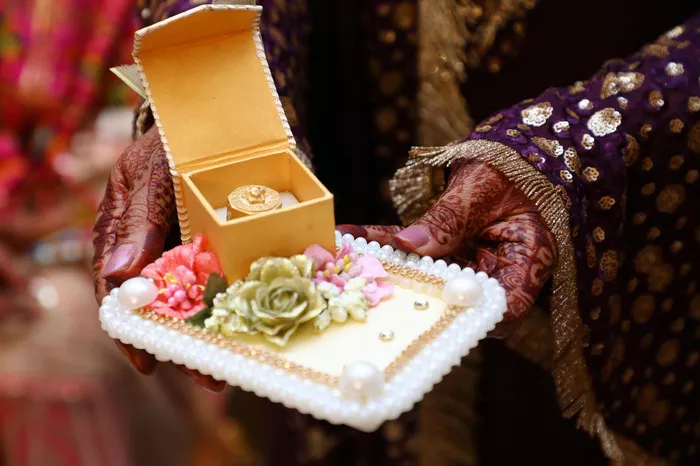Henna tattoos have captivated people for centuries, serving as a beautiful form of body art with deep cultural significance. Whether for a festival, wedding, or personal expression, henna tattoos offer a temporary yet striking aesthetic. But how long does a henna tattoo stay on? This article explores the typical duration of henna tattoos, factors influencing their longevity, the application process, cultural significance, tips for extending their life, and the fading process.
How Long Does a Henna Tattoo Stay On?
Henna tattoos generally last between 1 to 2 weeks. However, under specific conditions, they can extend up to 5 weeks. The duration largely depends on a combination of factors, including skin type, body location, and aftercare practices. Understanding the average lifespan can help set expectations for those new to henna tattoos.
1 to 2 Weeks: This is the most common duration for henna tattoos. The vibrant color gradually begins to fade, transitioning from deep red-brown to lighter hues.
Up to 5 Weeks: In some cases, individuals report their henna tattoos lasting longer, especially if proper care is taken and the henna is applied to suitable areas.
Factors Influencing Longevity
Several factors play a critical role in how long a henna tattoo lasts. Understanding these can help individuals maximize the life of their henna art.
Skin Type
The type of skin one has can significantly influence the longevity of henna tattoos:
Oily Skin: People with oily skin may find that their henna fades faster. The natural oils can break down the henna pigments more quickly than in drier skin types.
Dry Skin: Conversely, those with dry skin often enjoy longer-lasting results, as the henna can adhere better without the interference of excess oil.
Body Location
The location on the body where the henna tattoo is applied also affects its lifespan:
Thicker Skin Areas: Areas with thicker skin, such as the soles of the feet and palms of the hands, tend to hold henna longer. This is because the thicker skin can absorb and retain the henna pigment more effectively.
Thinner Skin Areas: Locations with thinner skin, such as the inner arms or the back of the hands, may experience quicker fading. The henna may not penetrate as deeply in these areas.
Aftercare
Proper aftercare is essential for prolonging the life of a henna tattoo. Here are some effective strategies:
Avoid Water: Keeping the henna tattoo dry for the first 24 to 48 hours post-application helps ensure that the pigment sets well. Water can cause the henna to lift from the skin.
Use Natural Oils: Applying natural oils like coconut oil or olive oil can create a barrier that helps preserve the henna’s vibrancy. This acts as a protective layer, reducing the impact of water and friction.
SEE ALSO: How Long Does a Back Tattoo Take?
Quality of Henna
High-Quality Henna: Using high-quality, fresh henna paste can result in a more vibrant color and longer-lasting effects. Poor-quality henna often contains additives that can lead to faster fading or less saturated color.
Natural Ingredients: Opting for henna that is made from 100% natural ingredients, without chemical dyes, ensures a safer and more effective tattoo.
Application Techniques
Technique Matters: The way henna is applied can also impact longevity. A thicker application will typically result in a richer, longer-lasting color. Intricate designs may require precision, and a steady hand ensures that the paste adheres well to the skin.
Drying Time: Allowing the henna to dry thoroughly before removing it is vital. Leaving the paste on for several hours, ideally overnight, can lead to deeper pigmentation.
Cultural Significance
Henna tattoos are steeped in tradition, particularly in cultures across South Asia, the Middle East, and North Africa. They are often used in celebrations, such as weddings and religious ceremonies, symbolizing joy, prosperity, and protection.
Historical Context
Historically, henna has been utilized for its cooling properties and medicinal benefits, as well as for adornment. Its use as a form of body art dates back thousands of years, showcasing the intricate designs and cultural narratives passed down through generations.
Modern Uses
In contemporary times, henna tattoos have transcended cultural boundaries, gaining popularity as a temporary tattoo option worldwide. People from diverse backgrounds embrace henna for festivals, events, or simply as an expression of creativity.
Tips for Longevity
To maximize the lifespan of a henna tattoo, consider the following practical tips:
Before Application
Choose the Right Time: Apply henna when you can allow it to set for several hours without interruption. Events like weddings may be ideal.
Consult Professionals: If possible, seek a skilled henna artist who understands the nuances of application techniques and quality.
During Application
Keep the Paste On Longer: The longer the henna paste remains on the skin, the deeper the color will be. Aim for at least 4 to 8 hours.
Seal the Henna: After applying the henna, a sealant can be used to help retain moisture. A mixture of sugar and lemon juice applied lightly can help the henna stay on longer.
After Application
Avoid Exfoliation: Refrain from using scrubs or exfoliants on the tattooed area to prevent premature fading.
Limit Sun Exposure: Prolonged sun exposure can cause fading. If you’re out in the sun, consider covering the tattooed area.
Conclusion
Henna tattoos offer a temporary but vibrant form of self-expression deeply rooted in cultural traditions. Understanding how long henna tattoos last, the factors influencing their longevity, and best practices for application and care can enhance the experience for anyone looking to adorn their skin with this ancient art form. By taking proper precautions and caring for the tattoo, individuals can enjoy their beautiful henna designs for weeks, making it a worthwhile endeavor. Whether for a special occasion or everyday expression, the enchanting allure of henna tattoos continues to resonate across cultures and generations.
Related Topics

